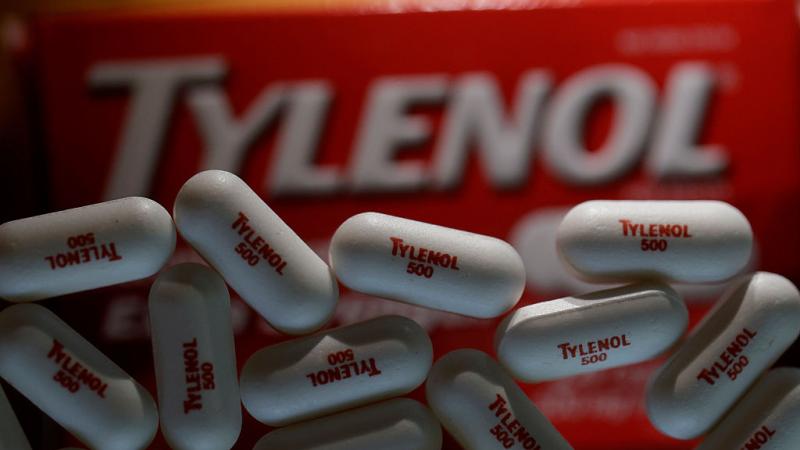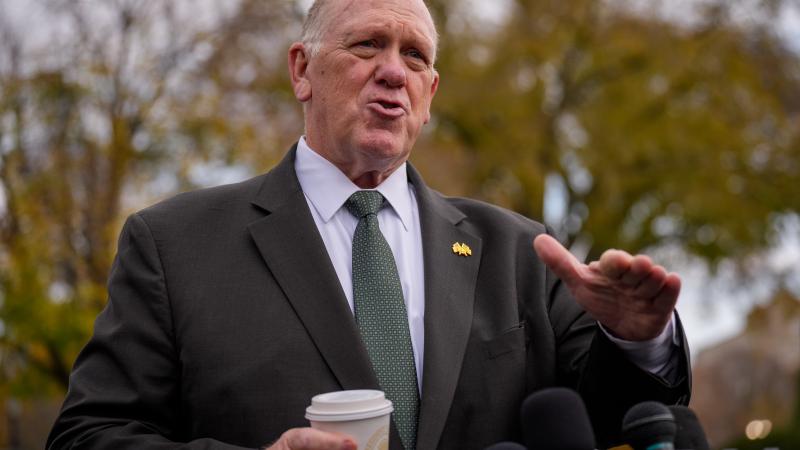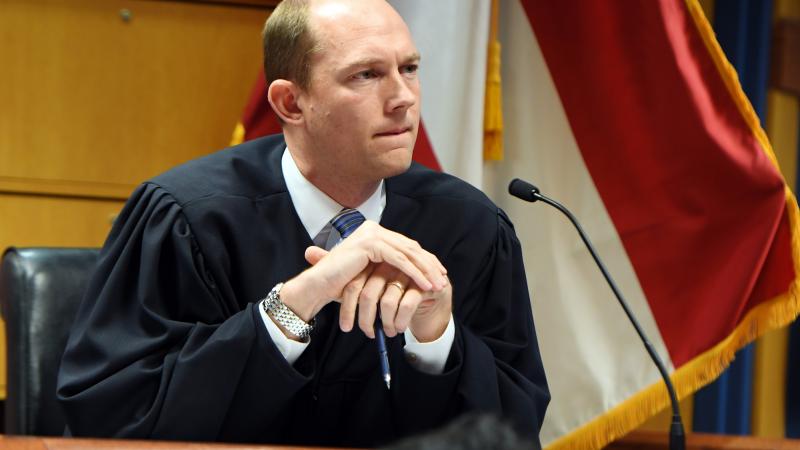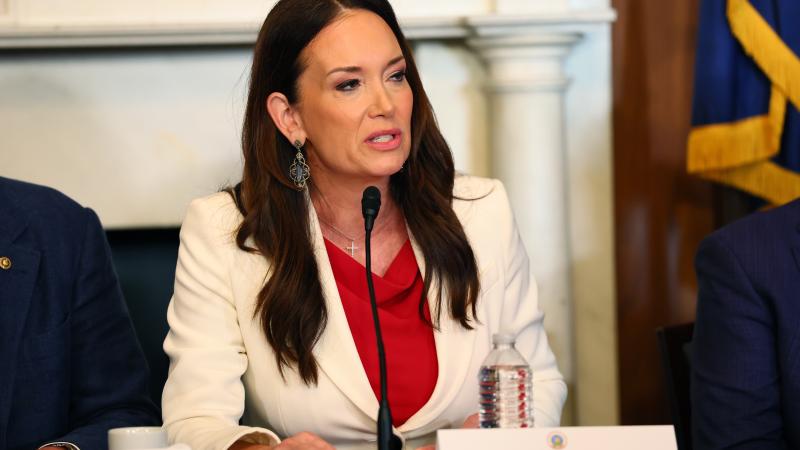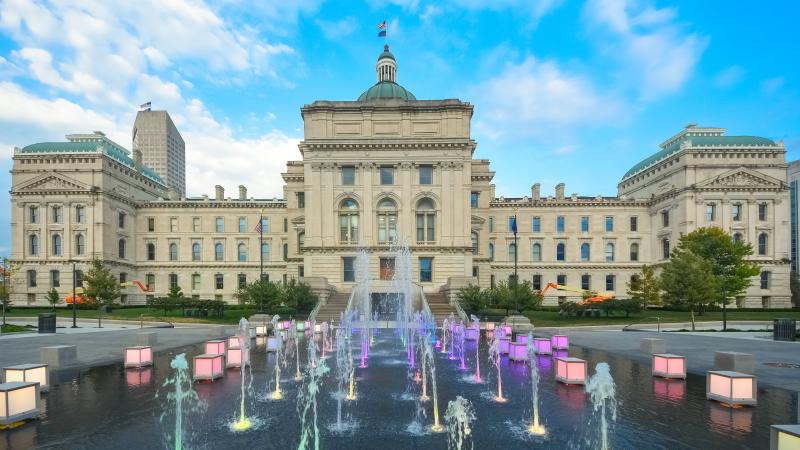The hefty price tag for errant government spending: $2.3 trillion since 2004
Watchdogs like GAO and Open the Books warn that the government's record of spending mistakes is only getting worse.
The U.S. government has misspent a whopping $2.3 trillion since 2004 on everything from Social Security and farm payments made to the dead to mistaken college loan grants for unqualified students, a costly record of failure that in many agencies has been accelerating in recent years.
The nonprofit watchdog Open the Books.org recently assembled a Top 10 list of examples of how the government managed to waste the $2.3 trillion since the second term of George W. Bush's presidency. The Pentagon provided just one of the case studies for 2019 errant payments,
"The Pentagon improperly paid out $8.7 billion for program spending on civilian, military, retirement and travel pay; health benefits; payments to vendors; and more. Mistaken payments to vendors amounted to nearly $7.5 billion in 2019. Congress has questioned financial controls at the Pentagon for years," the group's mew report noted. "Independent auditors flunked the Pentagon in 2018 and 2019 on their first ever set of audits."
Likewise, the Government Accountability Office (GAO) in Congress has been warning that Medicare and Medicaid are among other federal programs where errant spending continues to grow.
"Agency-reported improper payment estimates for fiscal year 2019 totaled about $175 billion, based on improper payment estimates reported by federal programs, an increase from the fiscal year 2018 total of $151 billion," GAO noted. "Of the $175 billion, about $121 billion (approximately 69 percent) was concentrated in three program areas: (1) Medicaid, (2) Medicare, and (3) Earned Income Tax Credit."
To put in perspective the money wasted in 2019 alone, the total is enough to have paid for an update of the nuclear arsenal 16 times over, at $11 billion each, according to Open the Books.
Though both Presidents Barack Obama and Donald Trump have pressed to reduce mistaken federal payments, GAO found a culture lacking accountability inside many agencies.
"The federal government’s ability to understand the full scope of its improper payments is hindered by incomplete, unreliable, or understated agency estimates; risk assessments that may not accurately assess the risk of improper payment; and agencies not complying with reporting and other requirements in the Improper Payments Elimination and Recovery Act of 2010," it warned.
Not exactly a model that exudes confidence. And once the money is paid out, getting it back has not been easy.
Of the mistakenly paid $175 billion in 2019, $21.1 billion of it was recaptured, which is approximately 14 cents per each misspent dollar.
Some other sobering facts from the two watchdog reports:
- Mistaken payments were made to dead people, totaling $871.9 million in fiscal year 2019.
- Six million 112-year-olds have active Social Security numbers, despite there only being 40 people older than that known to be currently alive in the world.
- Medicaid and Medicare significantly increased their mistaken payments, from $88.6 billion in 2017 to $103.6 billion in 2019.
- The Internal Revenue Service spent $17.4 billion improperly via the Earned Income Tax Credit program, which was about 25 percent of all its payment.
One bright spot, though, was the U.S. Education Department where was the Department of Education, which overpaid $6 billion in PELL grants and student loans to college students in 2018 but reduced that figure to $1.1 billion in 2019.
